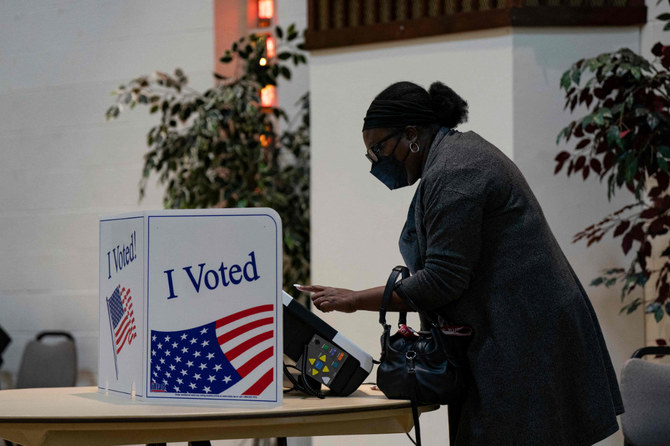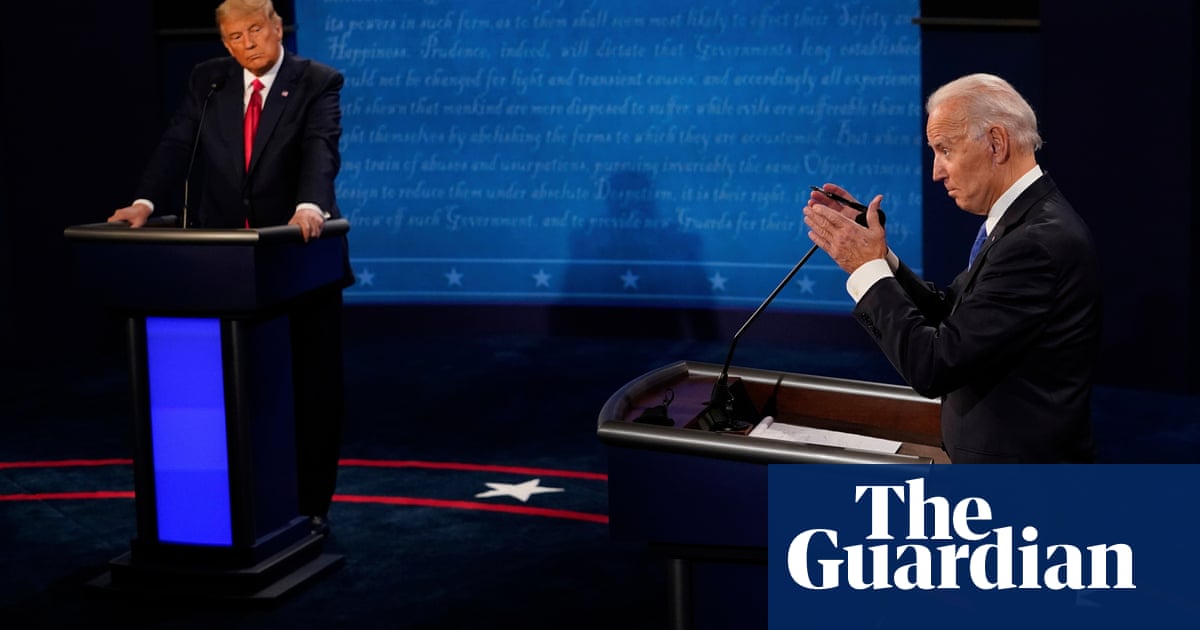
OSLO — The US presidential election of 2020 comes amid a pandemic that has ravaged energy markets and the two main candidates have very divergent energy visions.
Rystad Energy has objectively analyzed what each side’s victory could mean for oil prices and has concluded that although a Biden win could benefit short-term demand, his approach to foreign relations could bring more supply to the market, thus a conservative oil-friendly Trump win could be the most bullish immediate outcome for oil.
We see upside global oil demand potential of 500,000 barrels per day (bpd) in 2021 if Biden becomes the 46th president of the United States compared to a forecast that assumes a continuation of Trump policies.
At the same time, Biden carries supply risk as he may ease relations with Iran and Venezuela, which in turn could unleash 2+ million bpd of oil to the market as early as 2021.
“We see a short-term price volatility — bearish for Biden, bullish for Trump — but above all, we expect the election to be a milestone, a sigh of relief, after which the oil market will reorient itself to the larger structural macro weakening and the increasing likelihood of a second, yet milder, wave of COVID-19 oil demand destruction,“ said Bjornar Tonhaugen, head of oil markets at Rystad Energy.
A Biden effect on demand:
While we believe a Biden administration could be bearish for supply reasons, we find that his presidency would be bullish for demand in the short term. If Democrats were to take complete control of Congress and the presidency, we expect that one of their first priorities would be to pass a hefty economic relief package. An additional $1 trillion in incremental stimulus in the US would translate into roughly 400,000 bpd of increased oil demand in 2021.
Besides the stimulus, trade relations with China could be another area where a Biden presidency could be positive for short-term demand. One key sign to watch will be who Biden appoints to US trade representative. If he appoints a representative from the progressive wing of the Democratic Party, that could signal that tariffs — and protectionism — might be here to stay. However, if he appoints someone more in the mold of Clinton / Obama-era trade policy, we expect that trade barriers may be lifted after some sort of concession is extracted from China.
In our view, the ongoing trade war has cost the oil market approximately 300,000 bpd of maritime oil demand through 2019, as well as additional consumption impacts. Thus, a similar amount of oil demand could be expected to return if trade relations between the US and China are normalized, which we believe could happen as early as 2021.
If Biden goes with a “return to globalization” trade policy, this also carries upside potential long-term oil demand growth in emerging markets. A step back from the brink of a trade war could have a GDP growth impact between 1-2% and add 500,000 bpd of oil demand globally by 2025.
However, beyond the short term, the demand picture under a Biden presidency looks less bullish. The candidate has stated that on “Day 1” he will implement fuel economy standards that aim for 100% of new sales of light-and medium-duty vehicles to emit zero emissions.
Although it is unclear by what year this goal would be achieved, a Biden administration would certainly at least reverse the Trump administration’s rollback of fuel economy standards, and potentially significantly strengthen such regulations. We expect that over time, a return to Obama-era fuel economy standards would lead to 500,000 bpd of lower oil demand by 2025.
In addition to stricter fuel economy regulations, Biden has pledged approximately $400 billion in clean energy innovation and investment over the next ten years as part of an overall $1.7 trillion climate plan. If Democrats take control of Congress, we expect them to incentivize electric vehicle sales and to invest in charging infrastructure.
Specifically, Biden has pledged to increase cash incentives for switching to electric vehicles, similar to the 2009 “Cash for Clunkers” program. In addition, we expect a potential green stimulus plan would include investment in high-speed rail, one of Biden’s famously favorite mediums of transport, which could dent jet fuel demand.
A Biden effect on supply:
Under Biden, we would expect the US to re-engage Iran in nuclear talks and in exchange, let Tehran restart oil exports. It is unclear whether Biden would prioritize an Iran nuclear deal in his first 100 days, but given the policy has a strong international coalition (the EU and Russia) behind it, it could be a ‘quick win’ on the international stage.
In May 2019, just before Trump withdrew from the nuclear deal, Iran was producing 4.5 million bpd of oil (crude and condensate). Once exports were blocked, and then storage filled up, fields had to be shut down. Currently, oil production stands at about 2.5 million bpd.
Iran has done a good job at spreading out the impact by rotating the fields being shut down, which has kept spare capacity at a healthy 1.8 million bpd, meaning, the day Iran can turn the taps back on, there will be a literal deluge of crude on the market.
In addition, Iran has large volumes of oil in storage, which would be able to be exported immediately and help bridge and shortfalls in production restart. Our analysis, in the best-case scenario, shows a ramp up from the current 2.5 million bpd to 3.7 million bpd by the end of 2022. Many political pieces would have to fall into place for this to become a reality, but the capacity is there.
In Venezuela, it is not just US sanctions that have spurred a dramatic decline in oil production. It has been decades in the making, and output was declining long before US levied sanctions in January 2019. Biden may allow a partial lifting of sanctions to let PDVSA to sell some products on humanitarian grounds, but Trump would likely keep sanctions in place.
With Biden in the White House, Russia and China will see less risk in investing in Venezuela, whereas under Trump, it’s too risky. But Biden will have to tread carefully with Venezuelan sanctions — and may not remove them outright, as doing so would be unpopular with Latino voters in the US. Thus, we plot three scenarios — the status quo (base case), a slight recovery that would see output get a boost to 700,000 bpd towards 2024, and a more robust recovery that would bring production back to the range of 1.0 million bpd to 1.2 million bpd in 2023 and 2024.
Other things to consider:
One of the clear limiting factors for oil demand in 2020 has been the United States’ ability to control the spread of COVID-19. Although it is difficult to forecast the impact from the two candidates’ approaches to COVID-19 on oil demand, we expect that a faster resolution to the pandemic would certainly be bullish for oil demand. Steps like a national mask mandate, which would keep economic activity going and avoid shutdowns, would certainly be a boon for US oil consumption.
Finally, it is important to note the energy transition will likely plow ahead in the medium and long-term under either a Republican or Democratic administration. Technological advances and price incentives will propel this in the long-term, so any political opposition would likely be a blip in the bigger picture.
The electrification of road transport (personal vehicles, trucks, buses) is the main driver of the fall in US liquids demand, a trend that will only intensify with time. In some sectors such as aviation, where oil substitution is either too expensive or technologically complex, we see sustained oil demand growth through the mid-2020s. — Rystad Energy












